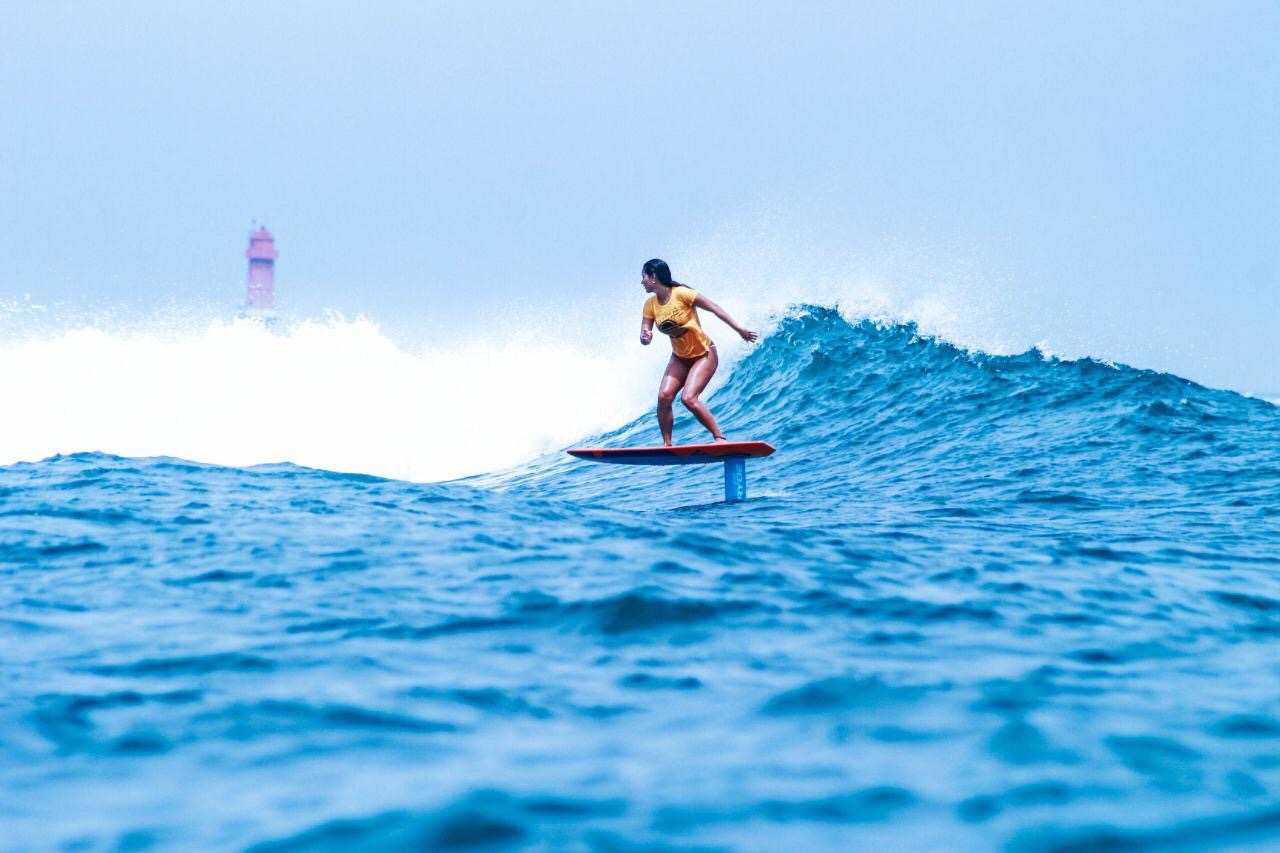A hydrofoil is built with an aluminum mast, an aluminum wing, and a back wing that is hydrodynamically built. It can be used for sailing, racing, and sailing around the open water. The surf foil is lifted even at low speeds by a mix of steel, aluminum, fiberglass, and carbon. Riders can catch new waves and offshore breaks at low speeds that have never been explored because of the combination of steel, aluminum, fiberglass, and carbon.
By reducing friction and enabling riders to ride at an angle of 90 degrees in less than a second, surf foil redefines what we think of as rideable waves. Foil surfing is an enjoyable experience that resembles controlled aquaplaning. The rider glides effortlessly and smoothly above the water to catch wave after wave.
Despite how fun and thrilling foiling can be, we should ensure that it is safe for you and the people around you. Therefore, foiling should be done in places with relatively few pedestrians. The foil can make your ride almost anywhere, but you won’t find difficulties in finding a good spot since you will need at least one other person watching you with either a jet ski or boat for support.

A foil board can be used no matter where you are in the world or how big the waves are. The Wave: Although foil boards can handle even the worst of waves, you should start with one to two feet high waves. You can get started with a whitewater roller, and when you stand up, you’ll have all the power you need to ride a hydrofoil. You can also grab a rope from a jet ski or boat to get used to the board.
A tow-in is also known as tow-in, but it should only be performed by someone who has performed them before and can ensure you are properly set up. The Foil Board Setup: The foil should be attached to the board based on your weight, height, and wave. The mast should be placed forward at the bottom of the board if you are a small surfer and need an extra lift but should be moved backward by a larger surfer.
It would be best to put your traction pads where your feet are. They serve as guidance. Ideally, they should be placed where your back foot is. The sweet spot is a little over the mast or perhaps a little behind it. You can always step back a little if you want to pump or make a tight radius turn. You’ll be right on the kicktail, then. Keep your stance shoulder-width with your front foot pressed.











